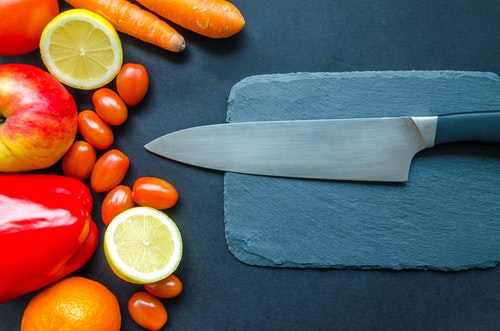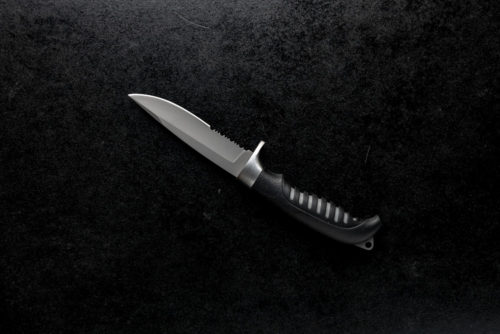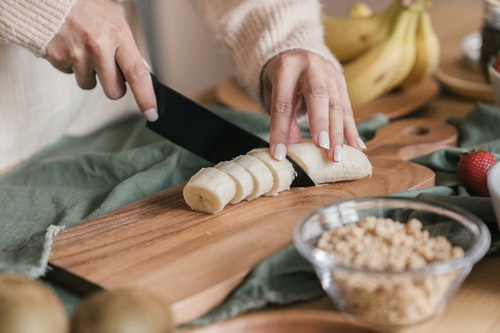Are you a kitchen hobbyst who is delighted with your Japanese knife but found it chipped? Don’t worry, it’s here! This guide on how to fix a chipped Japanese knife will walk you through the entire process. With a bit of effort, your knife will be as good as new, ready to make precise cuts again.

Understanding the Chip
A chip in your knife can be frustrating, but understanding the cause is the first step towards fixing it. Common reasons include improper use, accidental drops, or sharpening mistakes. Identifying the reason can help prevent future chips.

Gathering the Tools
Required Tools
Before starting, ensure you have the necessary tools:
- Sharpening Stone
- Water
- Cloth
- Strop
Choosing the Right Sharpening Stone
Selecting a proper sharpening stone is crucial. A coarse grit stone, around 400-600 grit, is best for removing chips.

Preparing Your Workspace
Keep your workspace organized. Have a bowl of water, a towel, and ample lighting. This will make the task easier and safer.

Fixing the Chip
Step 1: Soak the Stone
Soak your sharpening stone in water for about 10-15 minutes. This helps in reducing friction and ensures a smoother sharpening process.
Step 2: Sharpen the Knife
Hold the knife at a 15-degree angle and grind it against the stone. Apply even pressure and work on each side for 10-15 strokes.
Step 3: Check Progress
After a few strokes, check the knife’s edge. If the chip is still there, continue sharpening. Patience is key here.
Polishing the Knife
Once the chip is removed, switch to a finer grit stone (1000-2000 grit) to polish the edge. This will restore the sharpness of your knife.
Strop the Knife
Using a leather strop will help in aligning the edge, making your knife incredibly sharp. Only a few strokes on each side are needed.
Testing the Sharpness
Test the sharpness by slicing through paper or tomatoes. A properly sharpened knife should cut effortlessly.
Maintaining Your Japanese Knife
Avoiding Hard Surfaces
Avoid cutting on hard surfaces like glass or stone, as they can cause chips.
Using a Proper Cutting Technique
Use a smooth cutting motion rather than a chopping one. This reduces the risk of damaging the blade.
Expert Tips
Refer to expert guides like this one for additional sharpening techniques.
Resources and References
For more on knife care, check out:
FAQ
Q: Why did my Japanese knife chip?
A: Chipping can occur due to improper use, cutting on hard surfaces, or frequent sharpening mistakes.
Q: Can a chipped knife be fixed at home?
A: Yes, with the right tools and technique, you can fix a chipped knife at home.
Q: How often should I sharpen my Japanese knife?
A: It’s recommended to sharpen your knife every few months or when you notice it losing its edge.
As an Amazon Associate, I earn from qualifying purchases.


